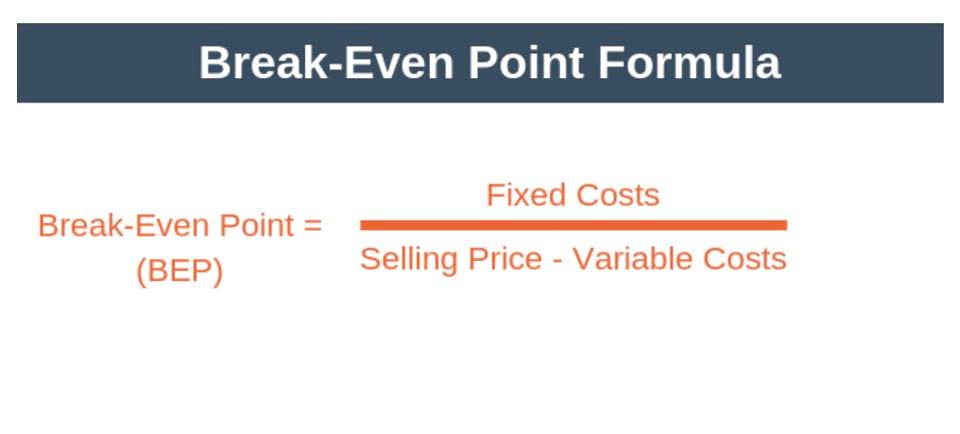
While setting standard prices, the past experiences, existing prices and anticipations should closely examine. Difficulties for Small Industries’ establishment of standards and their implementation involve initial high costs. Standards have to be revised and new standards be fixed involving larger costs. Thus, small firms find it expensive to operate standard costing system. Another object of standard cost is to help the management in determining prices and formulating production policies.
Why Do Companies Use Standard Costs?

If the standard costing system has not been properly designed, many problems are likely to crop up. Supposing, in a concern, material costs are of vital importance whereas undue emphasis has been laid down on labour costs, the system would not bring desired results. Integration of accounts – Integration of accounts is facilitated through standard costing so that reconciliation between cost accounts and financial accounts is eliminated. Basis for job evaluation and wage standard costing fixation – Once the standard costs have been compiled, they can be used as a basis for job evaluation, provision of incentive schemes of payment for employees etc.

Means A Company Can Assign a Value to Its Inventory
As mentioned above, we will assign the fixed manufacturing overhead on the basis of direct labor hours. A portion of these fixed manufacturing overhead costs must be allocated to each apron produced. This is known as absorption costing and it explains why some accountants say that each product must “absorb” a portion of the fixed manufacturing overhead costs. Manufacturing overhead costs refer to the costs within a manufacturing facility other than direct materials and direct labor. Manufacturing overhead includes items such as indirect labor, indirect materials, utilities, quality control, material handling, and depreciation on the manufacturing equipment and facilities, and more. Standard costing (and the related variances) is a valuable management tool.
Recording Start-Up Expenses: A 2024 Guide for Entrepreneurs
(1) The standard should be fixed in such a manner, so that managers and workers should rely on them. (4) Analysis of any variances and to ascertain the reasons of such variation. (1) To develop forward looking and onward looking approach at each level of management. (iv) To motivate operating and managerial personnel in the direction of improved efficiency. Join our Sage Community Hub to speak with business people like you. A balance on the right side (credit side) of an account in the general ledger.

They are used as statistical bases for the evaluation of actual performance. The aim of calculating this cost of a product is to measure the performance of the business and control any deviations from the bookkeeping for cleaning business standard costs. This cost is used as a benchmark for monitoring and controlling the performance of the business in the future. Let’s assume that the Direct Materials Usage Variance account has a debit balance of $2,000 at the end of the accounting year.
Standard Cost Variances
- At the end of the year (or accounting period) if the standard costs are higher than the actual expenses, than the company is considered to have a favorable variance.
- They should be fixed judiciously and should not be ideal but capable of being achieved.
- The correct treatment of inflation, therefore, requires the assumptions about inflation which enter the cash-flow forecasts and discount rate calculations.
- The quantities, price and rates, qualities or grades, terms of purchase, product substitution etc. have to be kept in mind while setting standards.
That component of a product that has not yet been placed into the product or into work-in-process inventory. This account often contains the standard cost of the direct materials on hand. A manufacturer must disclose in its financial statements the actual cost of materials on hand as well as its actual cost of work-in-process and finished goods. Often used in manufacturing for accounting for inventories and production. When actual costs differ from the standard costs, variances are reported.
How to Create Standard Costs
These are the costs which the business will incur if the anticipated prices are paid for the goods and services and the usage corresponds to that believed to be necessary to produce the planned output. The most important objective of standard cost is to help themanagement in cost control. It can be used as a yardstick against which actual costs can be compared to measure efficiency. A variance is the difference between the actual cost incurred and the standard cost against which it is measured. A variance can also be used to measure the difference between actual and expected sales. Thus, variance analysis can be used to review the performance of both revenue and expenses.
According to Webster’s New International Dictionary, standards are bases for measurement or comparison. They are established by authority, custom or general consent as a model or example of that which is proper and adequate for a given purpose. There are many advantages of a standard costing system for businesses. This includes the definition, objectives, types of performance standard cash flow as well as the advantages and disadvantages of it.
- (3) Preparation of Manual – It is necessary to prepare a detailed manual for the guidance of staff.
- Overhead costs, both variable and fixed, also play a vital role in standard costing.
- (h) Virtually all aspects of setting standards involves forecasting and subjective judgments with inherent possibilities of error and argument.
- Attainable standard is a standard which can be attained if a standard unit of work is carried out efficiently, on a machine properly utilized or material properly used.
- Tight standards act as disincentive to work and loose ones don’t provide any incentive at all.
- By delving into these underlying factors, businesses can identify specific areas that require attention and take corrective actions to improve performance.

We will discuss how to report the balances in the variance accounts under the heading What To Do With Variance Amounts. We will discuss later how to handle the balances in the variance accounts under the heading What To Do With Variance Amounts. Price of material in the past, current prices and fluctuating trends are the base for determining standard of price.


